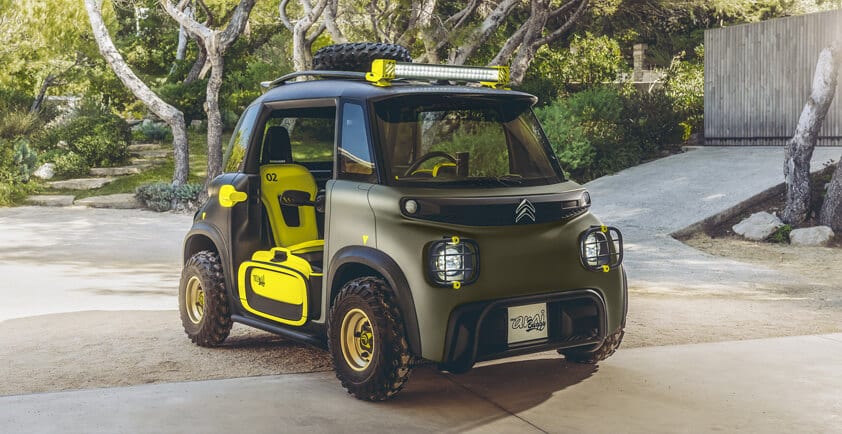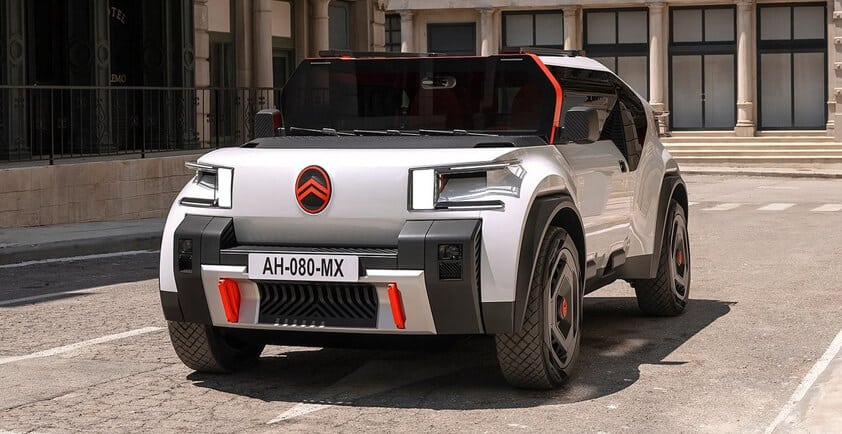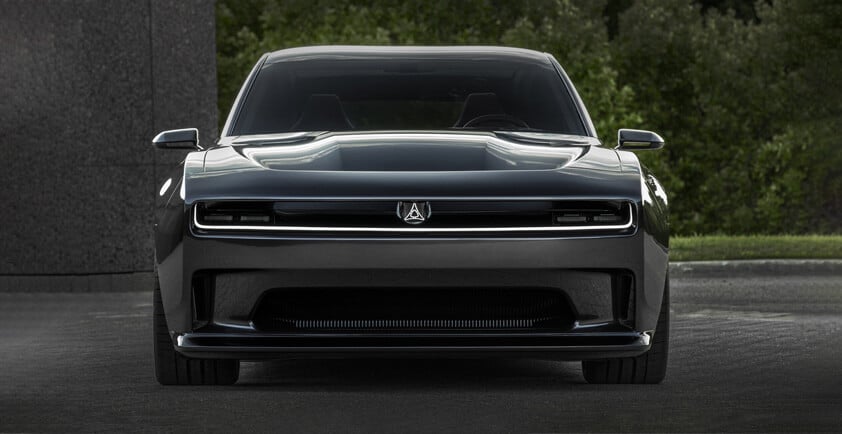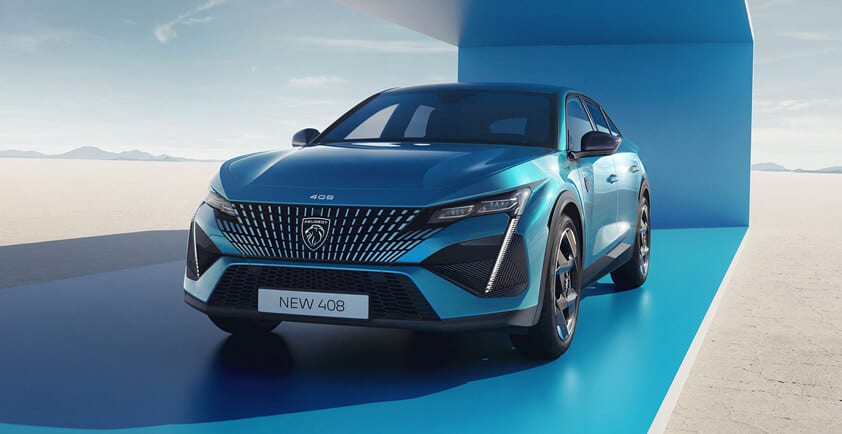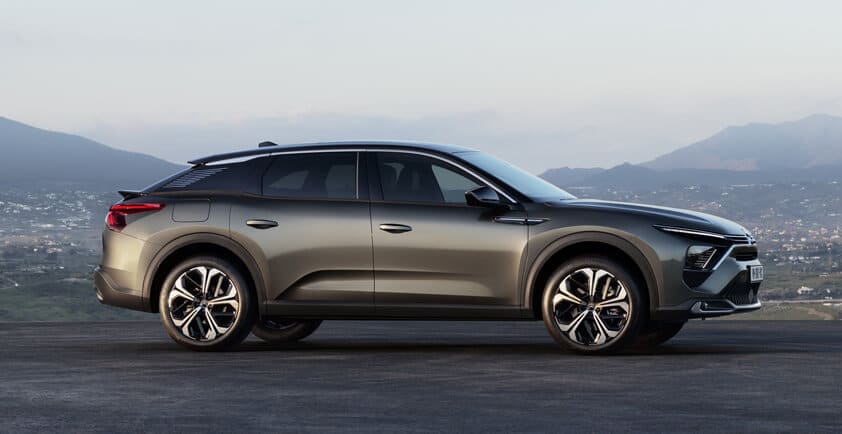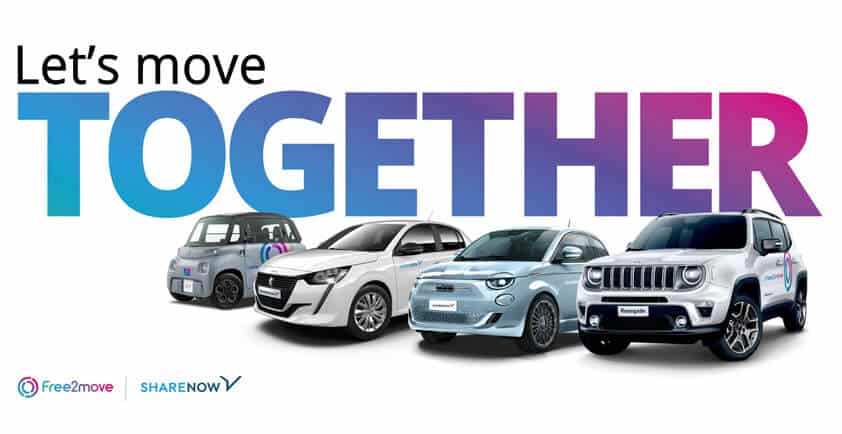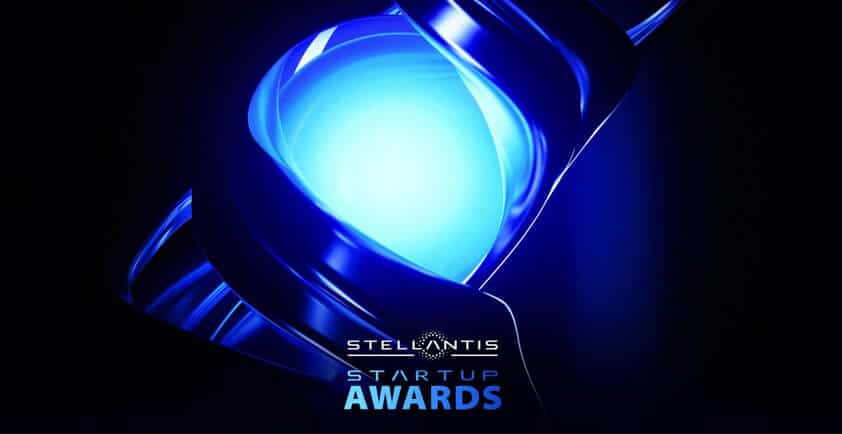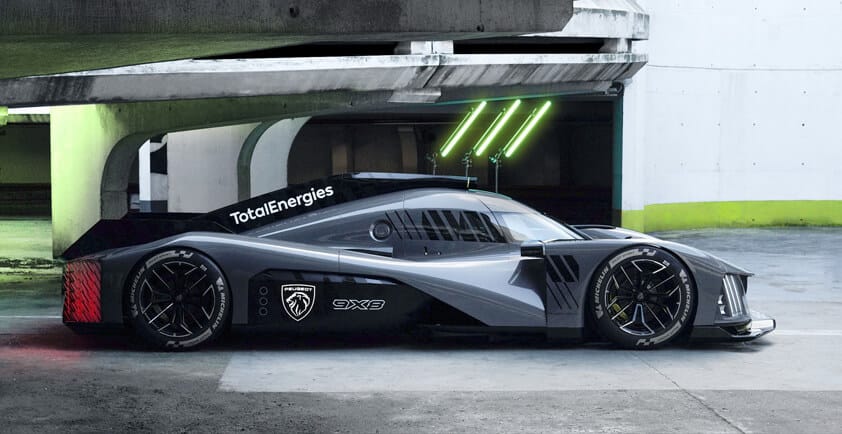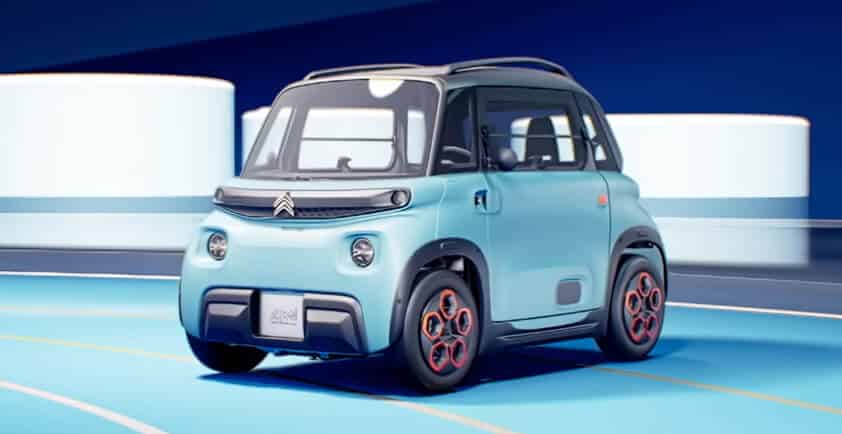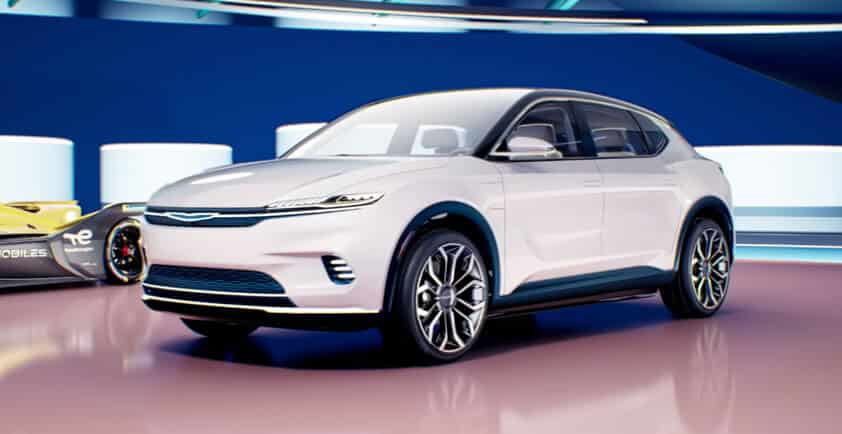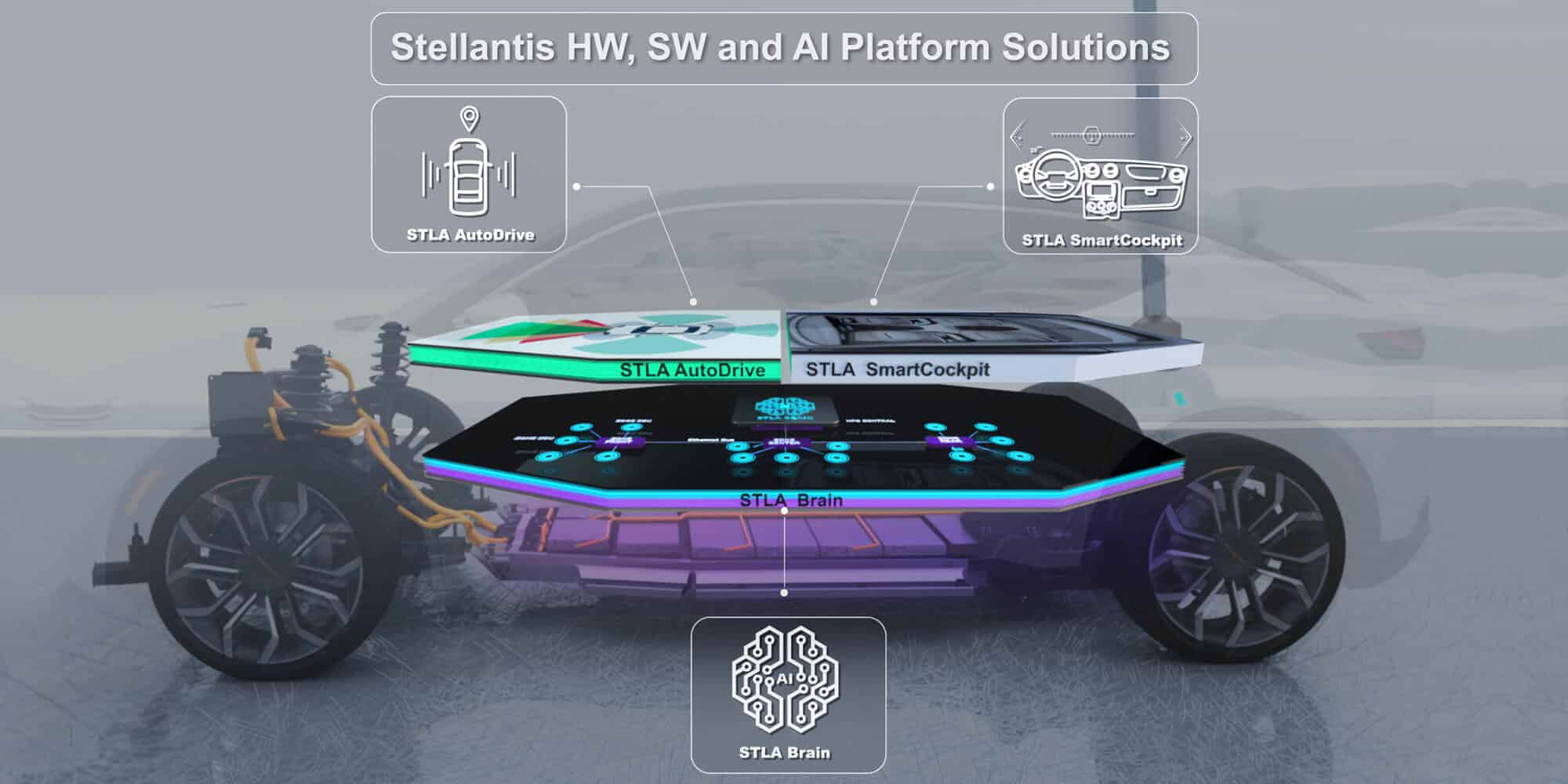

STELLANTIS TARGETS ~€20 BILLION IN INCREMENTAL ANNUAL REVENUES BY 2030 DRIVEN BY SOFTWARE-ENABLED VEHICLES
>> Approximately €4 billion in annual revenues by 2026 and ~€20 billion by 2030, generated by software-enabled product offerings and subscriptions
>> More than €30 billion of investments planned through 2025 to execute software and electrification transformation
>> 34 million monetizable connected cars expected by 2030, with a majority of all new vehicles to be fully over-the-air updatable by 2024
>> Three all-new AI-powered technology platforms to be deployed at scale, starting in 2024: STLA Brain, STLA SmartCockpit, and STLA AutoDrive
>> Strategic partnerships with leading companies, including BMW, Foxconn, and Waymo, continue to drive innovation, efficiency and shared know-how with Stellantis experts
>> 4,500 software engineers by 2024, not including partnerships, supported by a dedicated Software Academy
AMSTERDAM - Stellantis N.V. today mapped out its software strategy to deploy next-generation tech platforms, building on existing connected vehicle capabilities to transform how customers interact with their vehicles, and to generate approximately €20 billion in incremental annual revenues by 2030.
This transformation will move Stellantis’ vehicles from today’s dedicated electronic architectures to an open software-defined platform that seamlessly integrates with customers’ digital lives. It greatly expands the options customers have to add innovative features and services via regular over-the-air (OTA) updates keeping vehicles fresh, exciting and updated years after they have been built.
“Our electrification and software strategies will support the shift to become a sustainable mobility tech company to lead the pack, leveraging the associated business growth with over-the-air features and services, and delivering the best experience to our customers,” said Carlos Tavares, Stellantis CEO. “With the three all-new AI-powered technology platforms to arrive in 2024, deployed across the four STLA vehicle platforms, we will leverage the speed and agility associated with the de-coupling of hardware and software cycles.”
Stellantis plans to invest more than €30 billion through 2025 to execute its software and electrification transformation.
The Stellantis software strategy works hand-in-hand with the Company’s vehicle electrification plans, detailed at EV Day in July 2021, which targets that more than 70 percent of its vehicle sales in Europe and more than 40 percent of vehicle sales in the United States will be low emission vehicles (LEV) by 2030. Each of the Company’s 14 iconic brands is committed to offering best-in-class fully electrified solutions.
Additional Strategic Partnership Formed
Foxconn
In addition to the closing of Mobile Drive planned for December 31, 2021, the new non-binding memorandum of understanding signed with Foxconn aims at designing a family of purpose-built micro-controllers to support Stellantis and third-party customers. The partnership is intended to develop four families of chips that will cover over 80 percent of the Company’s micro-controllers’ needs, helping to greatly simplify the supply chain. Adoption and installation of products into Stellantis vehicles is targeted by 2024.
Waymo
Stellantis also continues its dedicated projects with Waymo. As Chrysler Pacifica Hybrids equipped with the Waymo Driver provide thousands of fully autonomous rides in Phoenix, Arizona (USA), Stellantis and Waymo have now expanded their partnership to local delivery services. Building on Stellantis’ leadership in light commercial vehicles and investment in electrification, the partners are collaborating on work streams focused on commercial development. Engineering teams will get their hands on Stellantis prototypes in 2022.
Fast-Growing, Software-Enabled Business
Stellantis will grow its software and connected services business through five key pillars:
> Services and Subscriptions
> Features On Demand
> Data as a Service and Fleet Services
> Vehicle Pricing and Resale Value
> Conquests, Service Retention and Cross-Selling
Today, Stellantis has 12 million monetizable connected cars globally. By 2026, this is expected to grow to 26 million vehicles and generate approximately €4 billion in revenues and by 2030, it will reach 34 million vehicles and approximately €20 billion in annual revenues. Monetizable is defined as the vehicle’s first five years of life.
Leveraging its data collection capabilities, in 2022, Stellantis will launch a usage-based insurance program offered through the captive finance arms in Europe and North America, with the intent to expand globally.
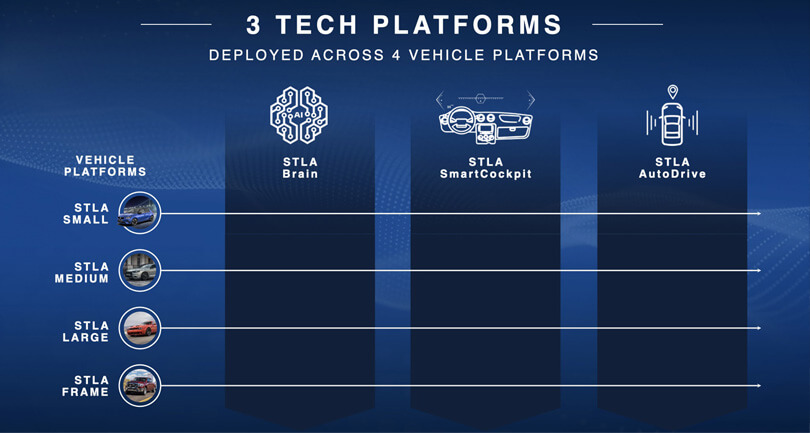
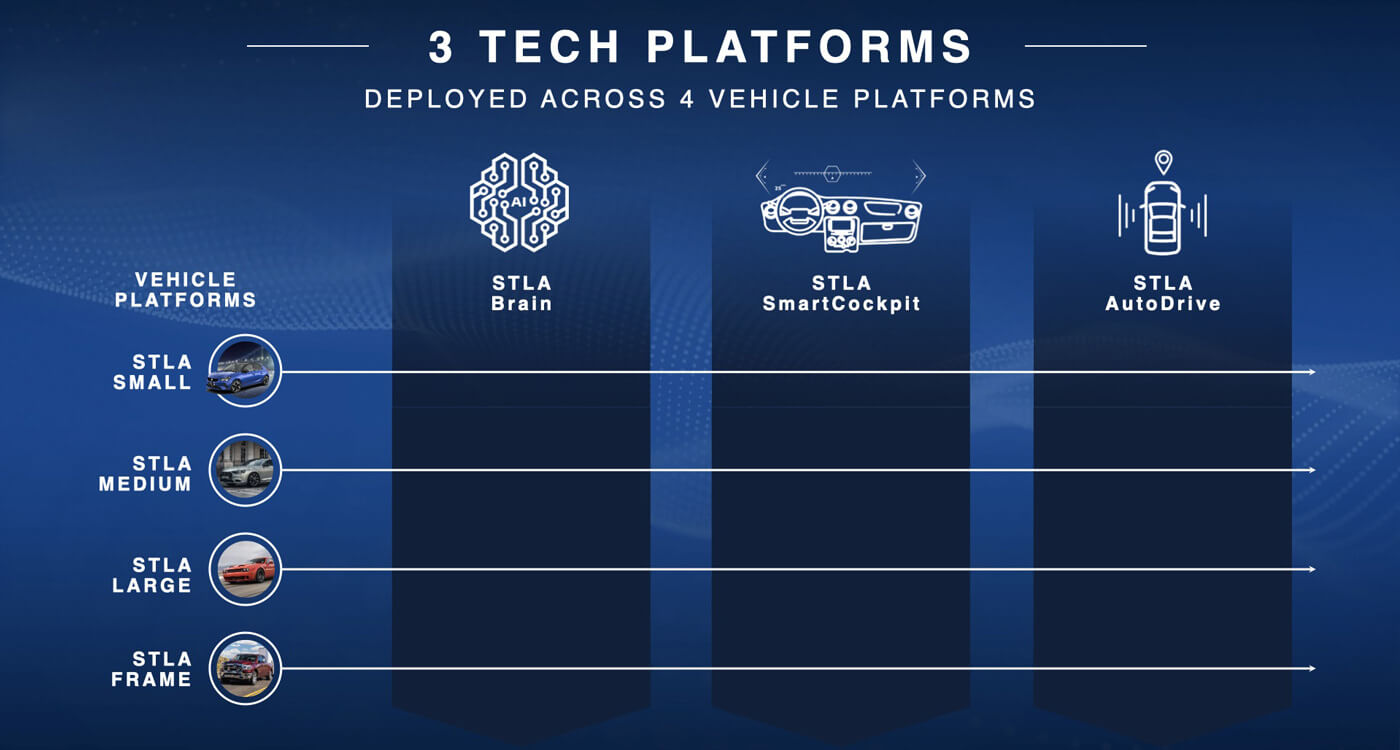
Three New Tech Platforms Coming in 2024
Launching in 2024, the three new platforms will be deployed, at scale, across the four vehicle platforms of Stellantis over the following two years.
The heart of the transformation to customer-centric services is the new electrical/electronic (E/E) and software architecture, STLA Brain.
STLA Brain is fully OTA capable, with 30 modules addressed, versus 10 today, making it highly flexible. It is a service-oriented architecture fully integrated with the cloud that connects electronic control units within the vehicle with the vehicle’s central high performing computer (HPC) via a high-speed data bus. It breaks today’s bond between hardware and software generations, enabling software developers to create and update features and services quickly without waiting for a new hardware launch. These OTA updates dramatically reduce costs for both the customers and Stellantis, simplify maintenance for the user and sustain vehicle residual values.
STLA SmartCockpit, built on top of STLA Brain, will seamlessly integrate with the digital lives of vehicle occupants to create a customizable third living space. Studies show that customers spend an average of four years of their lives in their vehicles and this is only increasing.
STLA SmartCockpit, powered by the Mobile Drive joint venture between Stellantis and Foxconn, delivers AI-based applications such as navigation, voice assistance, e-commerce marketplace and payment services.
STLA AutoDrive, developed in partnership with BMW, will offer Level 2, Level 2+ and Level 3 autonomous driving capabilities and will be continuously upgraded through OTA updates.
Magnifying the Customer Experience of the 14 Brands
Through software and on-demand features, Stellantis is providing customers with the ability to tailor their vehicles to individual needs and desires through OTA updates, further increasing the unique qualities of the varied brands within Stellantis and strengthening the bond between the vehicle and driver.
Year to date, Stellantis has delivered more than 6 million over-the-air updates to its vehicles, and intends to offer at least quarterly releases by 2026.
Today, Stellantis’ connected vehicles provide more than three trillion data points, generating timely, actionable insights. Stellantis engineers are using this information to shorten the vehicle continuous improvement loop, improving customer satisfaction, while generating €1.1 billion in efficiencies by 2030.
Each of Stellantis’ brands are focused on using software to the fullest benefit of its customers, embodied in their individual commitments.
Talent and Efficiency Make the Difference
To support this transformation, Stellantis is creating a software and data academy to retrain more than 1,000 internal engineers in multiple roles and develop its software community.
The Company is also hiring top software and AI talent from technology and other industries globally.
By 2024, Stellantis targets having 4,500 efficiency-driven software engineers, creating talent hubs around the globe. Those engineers will ensure the perfect execution of Stellantis’ software ambitions and operate within the ecosystem created by Stellantis partnerships.
